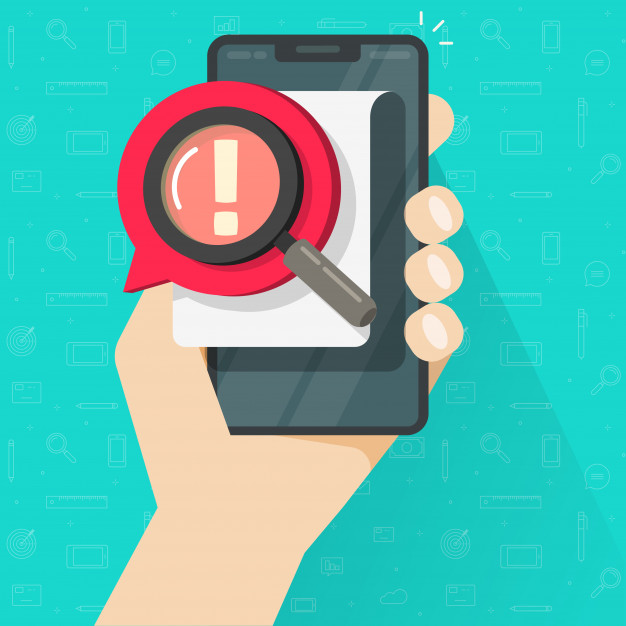
There are security and safety issues associated with the use of smart devices at Emory. Provided below is a list of safety issues[1] associated with using smart devices, specifically in research laboratories, and ways to mitigate these.
|
Safety Issue |
Recommendation to mitigate risk |
|
Contamination[2] |
|
|
Distraction to self and others |
|
|
Risk of explosion |
|
A few stats related to your smart device:
- On average, there are 25,000 bacteria per square inch on your device.
- 92% of devices have bacteria on them[3].
- Simple cleaning with disinfectant wet wipe with chlorhexidine digluconate and triclosan reduces contamination[3].
Our take home message:
- Understand how microbes are transmitted and the type of research conducted in the lab to prevent you from contaminating your smart device.
- Follow good microbiological practices to avoid contaminating areas within the lab and public zones. Periodic cleaning of mobile phones with disinfectants or hand cleaning detergents, as well as frequent handwashing, has been encouraged as a means of disrupting any potential disease transmission.
- See something, say something (to your supervisor or contact EHSO). Safety and security are everyone’s responsibility.
[1] https://lab-training.com/2017/06/30/mobile-phones-not-permitted-laboratories
[2] https://jidc.org/index.php/journal/article/view/26517478/1391
[3] https://www.ncbi.nlm.nih.gov/pmc/articles/PMC6210060/ [Koscova J., et al. Int J Environ Res Public Health 2018]
Leave a Reply